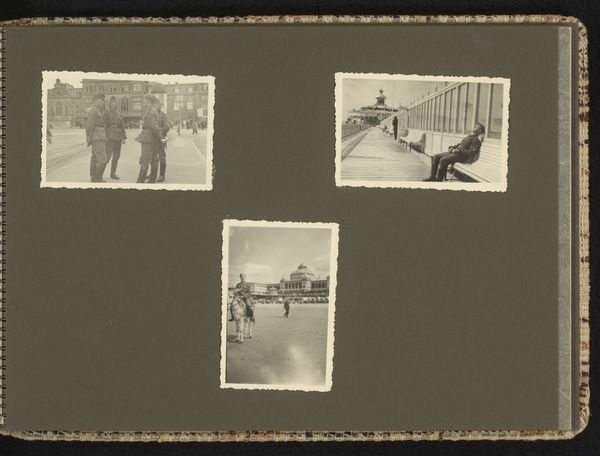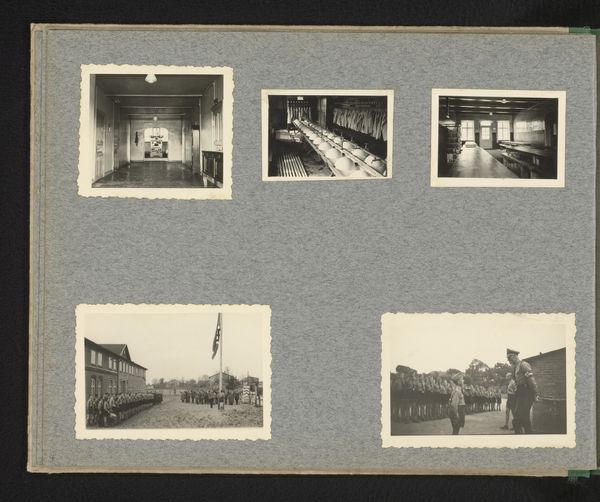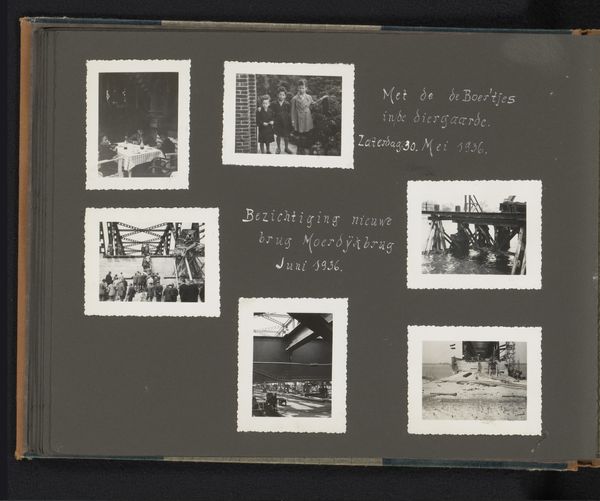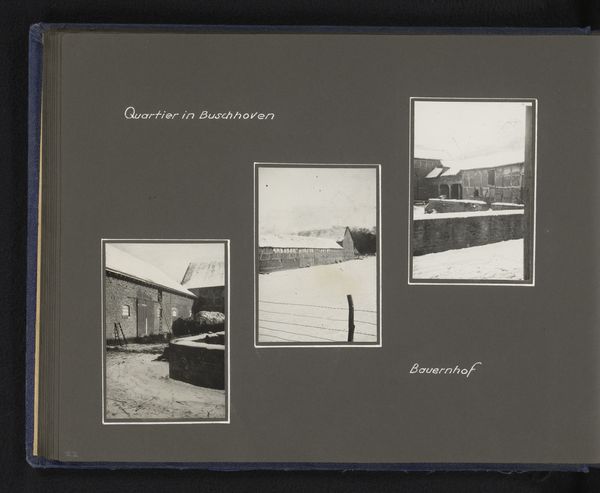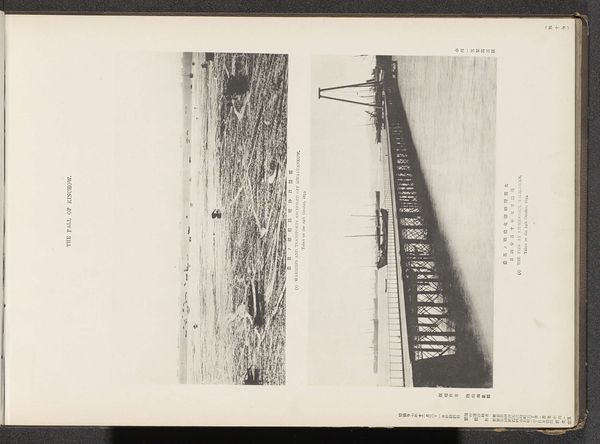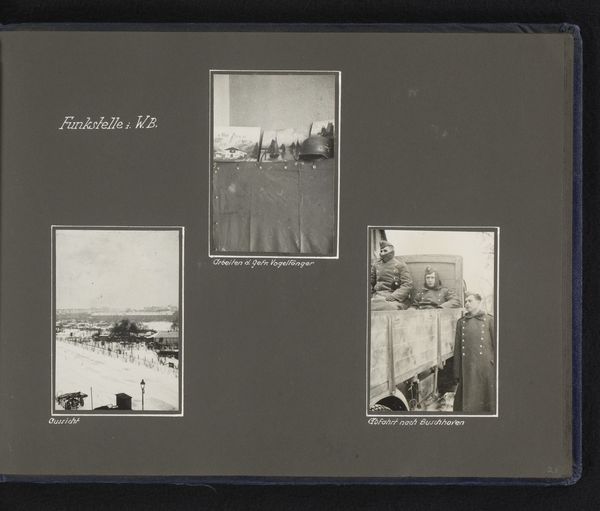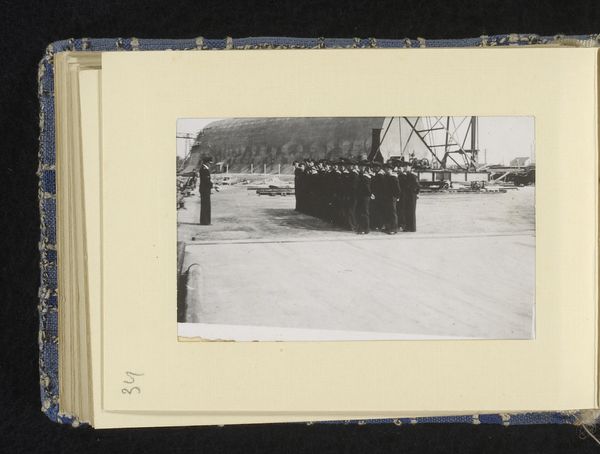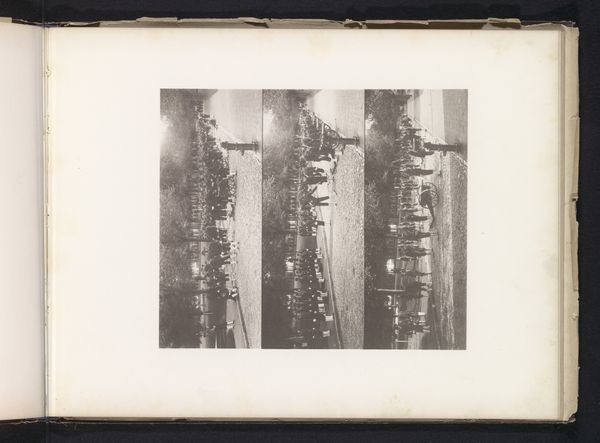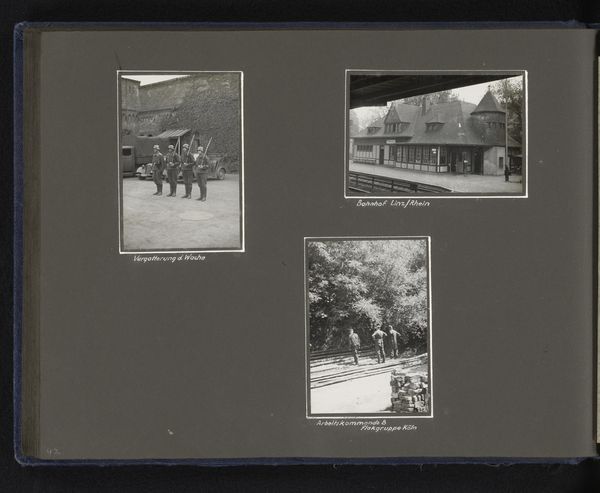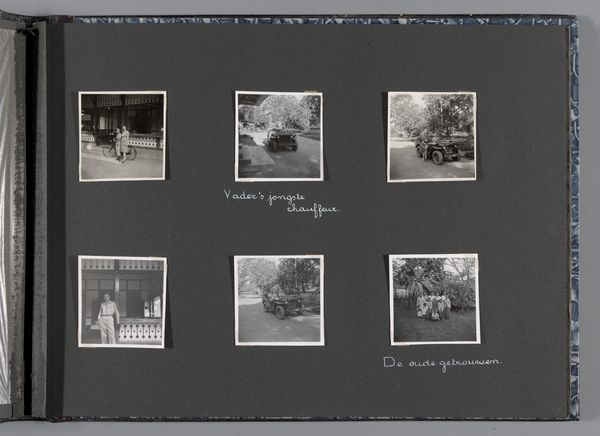
print, photography, gelatin-silver-print, architecture
# print
#
sculpture
#
photography
#
geometric
#
gelatin-silver-print
#
cityscape
#
modernism
#
architecture
Dimensions: height 90 mm, width 60 mm, height 220 mm, width 290 mm
Copyright: Rijks Museum: Open Domain
Editor: Here we have photographs of the "Gebouw van de Westdeutscher Beobachter," taken around 1939-1940. These gelatin-silver prints offer almost fragmented views of the architecture and surrounding environment. What strikes me is how seemingly ordinary construction and materials are captured, almost devoid of sentimentality. How do you approach interpreting this work? Curator: What interests me most is considering the labor involved. Look at the repetition of forms, the grid-like structure implicit in these architectural shots. The photographic prints themselves become evidence of a process, both artistic and industrial. These materials—gelatin, silver, the photographic paper—all speak to very specific technologies and economies of production at the time. Editor: That’s interesting. I hadn’t really thought about the production aspect so much. So, by emphasizing the “how” it’s made, are you suggesting it moves beyond just being a record of a building and tells a story about labor, resources, and the broader context? Curator: Exactly! The images of this building weren't simply "captured," they were constructed through very particular means, requiring certain resources. The act of framing the image is an industrial process—it's tied to consumption. Editor: So it makes you question whether architecture is elevated above things like labor or manufacturing, when really the built world has a much more concrete origin? Curator: Precisely. The materiality prompts consideration of the complex intersection of aesthetic choices and industrial systems during that period. Does that change how you perceive the photograph now? Editor: Yes, definitely. Considering it as a product of labour really grounds it and makes it less... abstract. It reminds me not to divorce the object from its origins and the various hands that helped create it. Curator: Exactly! These photographs encourage us to see the tangible connection between material processes and cultural outputs.
Comments
No comments
Be the first to comment and join the conversation on the ultimate creative platform.
